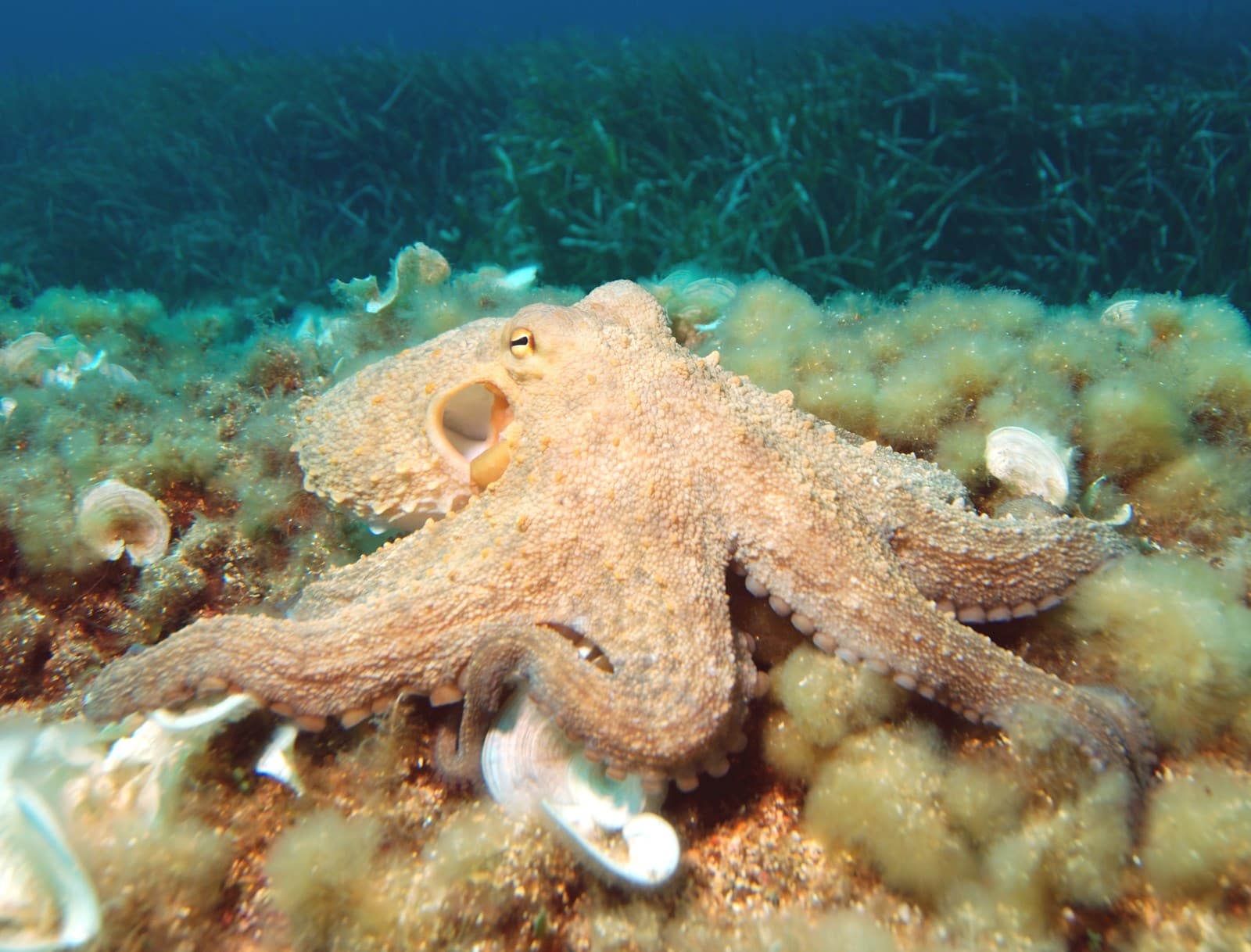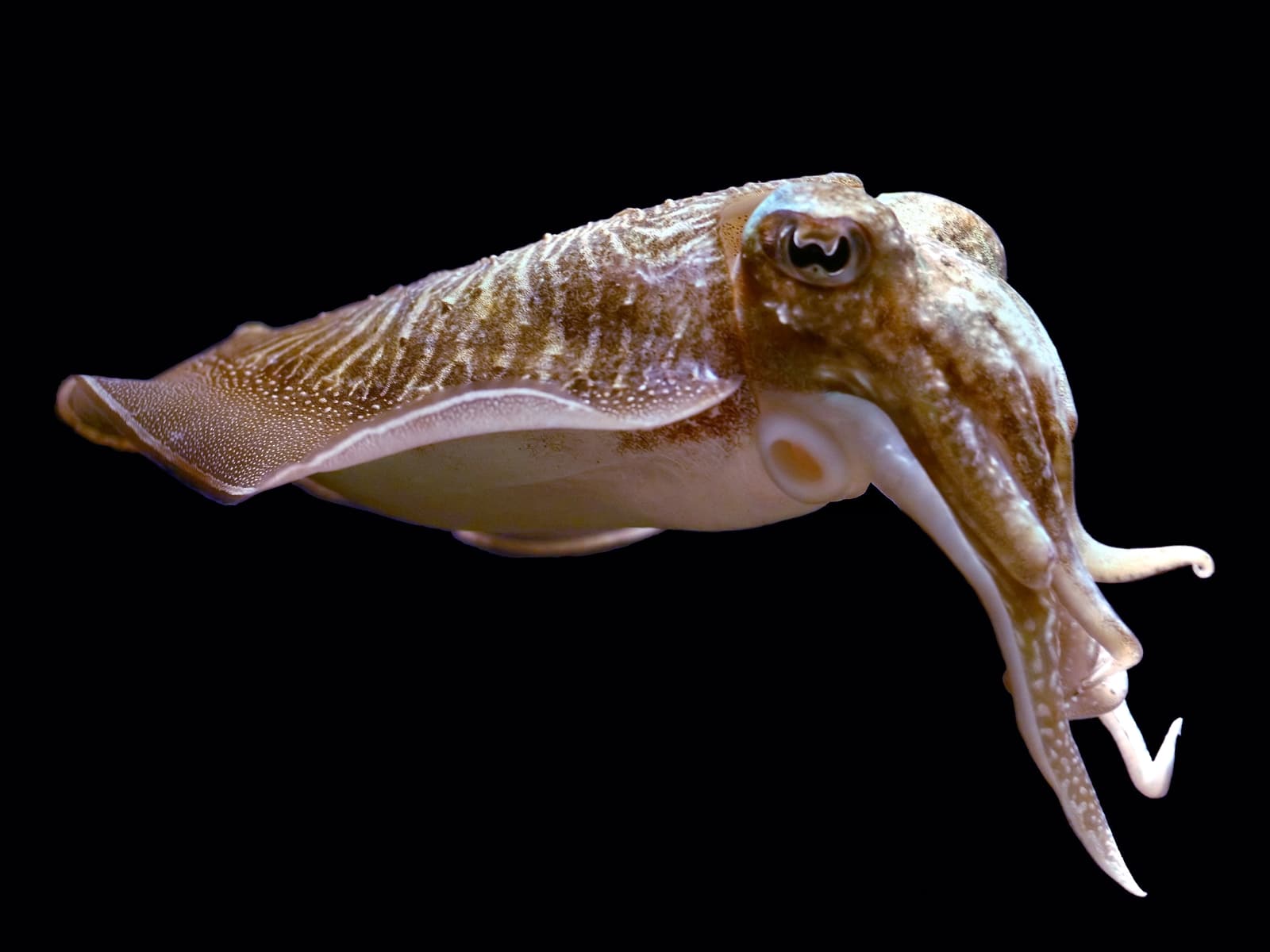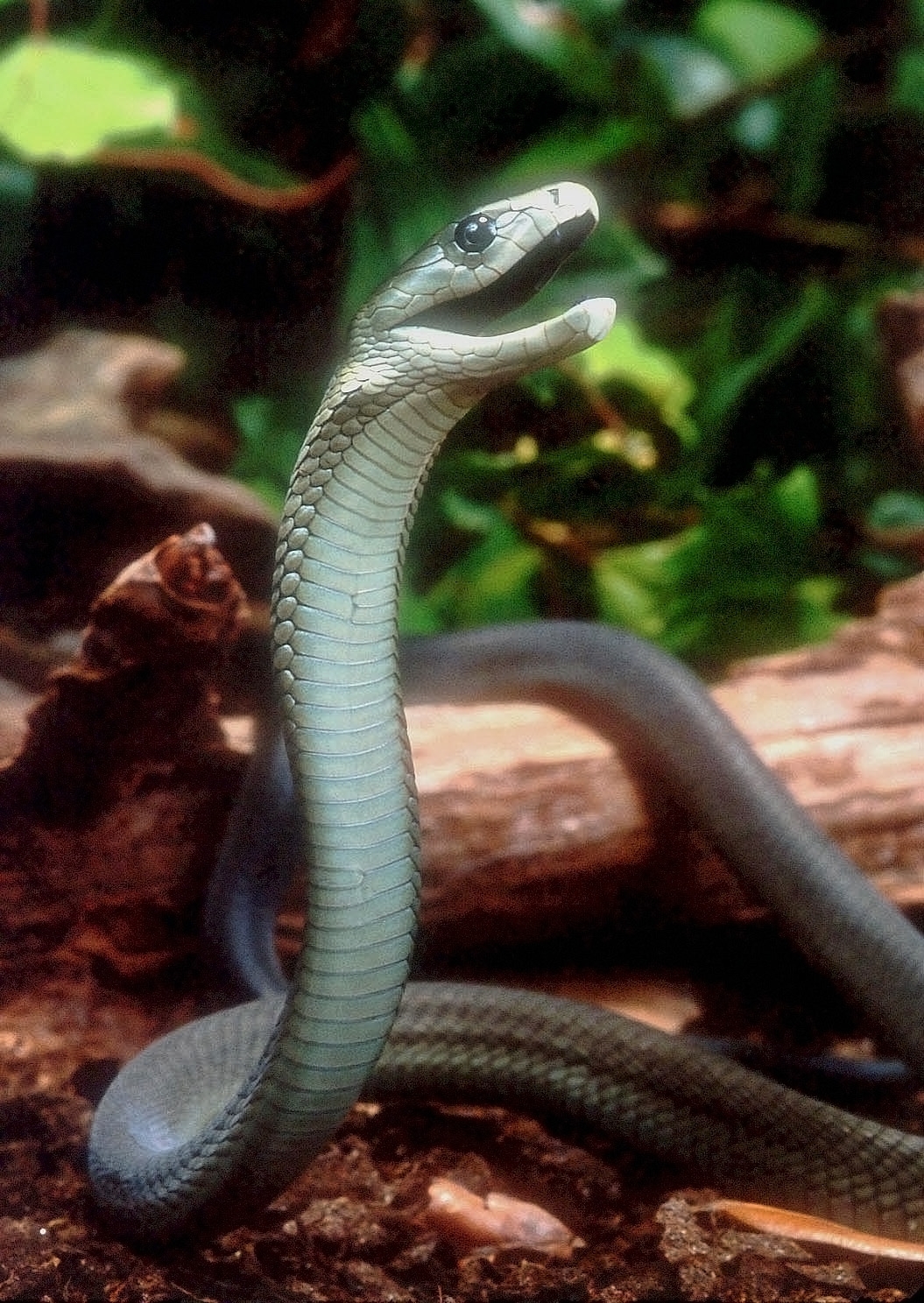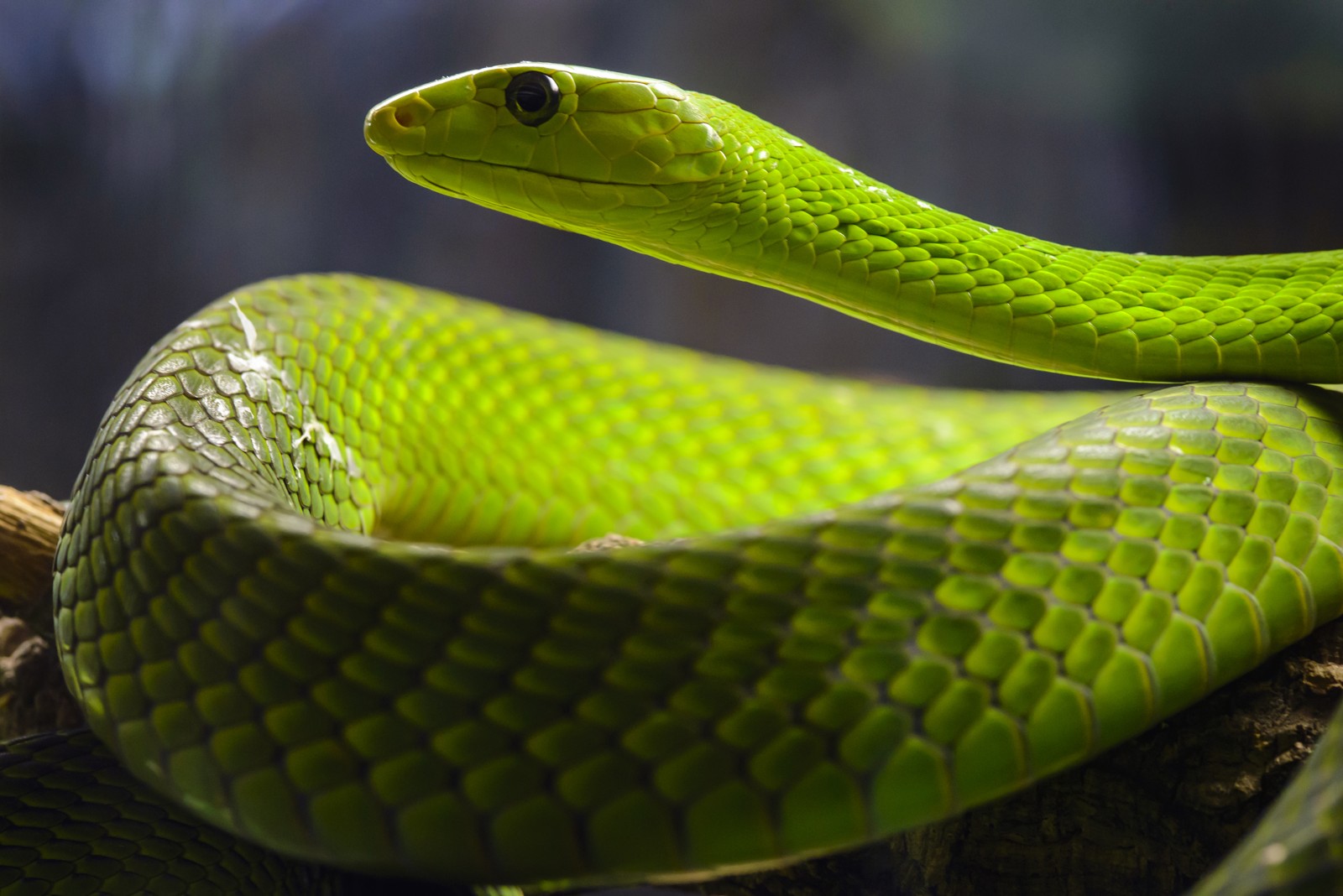Black Widow vs Brown Recluse: A Complete Comparison
When comparing the Black Widow vs Brown Recluse, we’re examining North America’s two most medically significant spider species. While both spiders are venomous, they differ dramatically in appearance, habitat preference, and the effects of their bites. Black Widows measure 8-10mm in body length and are instantly recognizable by their glossy black coloring and red hourglass marking, while Brown Recluses reach 6-20mm and display a distinctive violin-shaped marking on their cephalothorax.
These arachnids represent less than 0.01% of all spider species in North America, yet account for over 80% of medically significant spider bites reported annually. Understanding the key differences between these species is crucial for identification, prevention, and proper medical response in case of encounters.
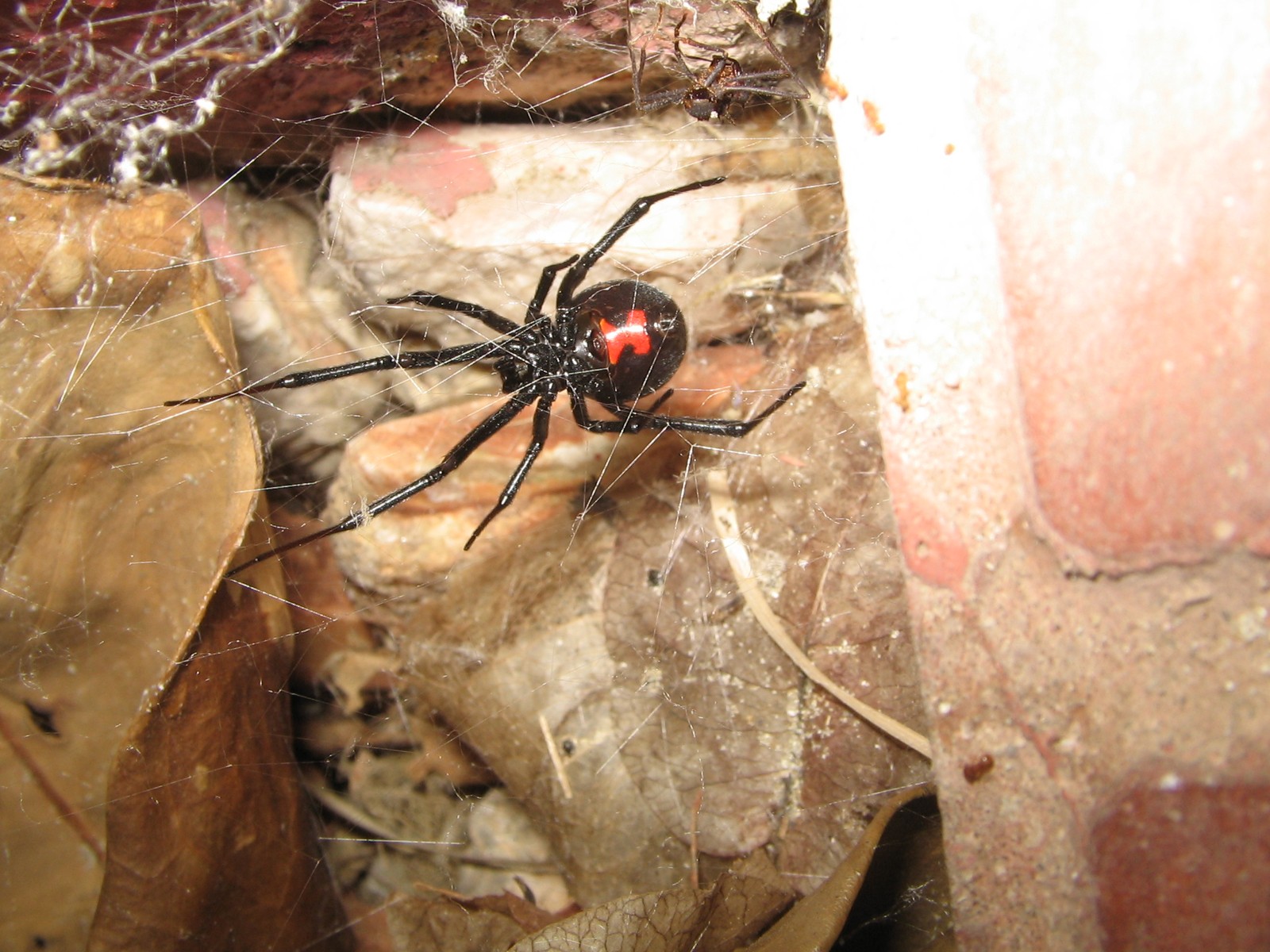
The female Black Widow spider’s distinctive appearance makes it one of North America’s most recognizable arachnids. Note the characteristic red hourglass marking and glossy black coloration that inspired its name.
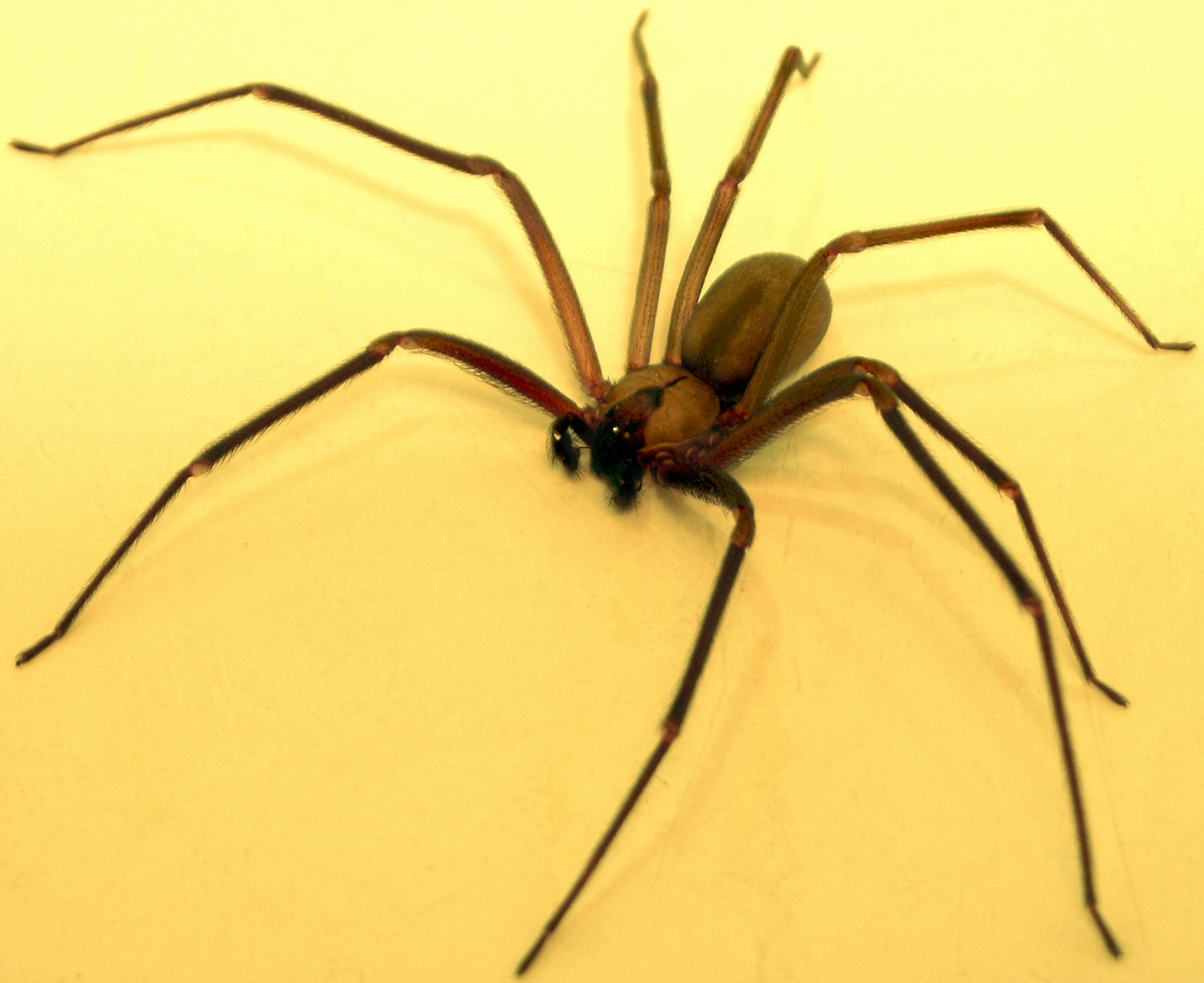
The Brown Recluse exhibits its namesake violin or fiddle-shaped marking on the cephalothorax. This marking, combined with its uniform brown coloring, helps distinguish it from similar-looking species.
Key Differences Between Black Widow and Brown Recluse
| Feature | Black Widow | Brown Recluse |
|---|---|---|
| Size | 8-10mm body length (1.5 inch leg span) | 6-20mm body length (1 inch leg span) |
| Distinctive Marking | Red hourglass on underside | Violin-shaped marking on back |
| Web Type | Irregular, sticky silk mesh | No distinct web pattern |
| Venom Type | Neurotoxic | Cytotoxic |
| Geographic Range | All US states | Central Midwest to Southeast US |
| Typical Habitat | Dark, undisturbed areas outdoors | Indoor spaces, closets, attics |
Venom and Bite Comparison
Black Widow venom contains powerful neurotoxins that affect nerve function, causing intense pain and muscle cramping. Their bites result in systemic symptoms including:
- Severe abdominal pain
- Muscle rigidity
- Sweating and nausea
- High blood pressure
Brown Recluse venom, conversely, is cytotoxic, destroying tissue at the bite site. Characteristic symptoms include:
- Painless initial bite
- Bulls-eye lesion development
- Tissue necrosis
- Possible systemic reactions in rare cases
Habitat and Behavior
Black Widows prefer outdoor environments, constructing irregular webs in:
- Wood piles
- Rock crevices
- Dense vegetation
- Protected corners of structures
Brown Recluses are true to their name, favoring indoor spaces such as:
- Cardboard boxes
- Closets and attics
- Shoes and clothing
- Wall voids
Prevention and Safety
To minimize encounters with both species:
- Wear gloves when handling stored items
- Shake out shoes and clothing before use
- Seal home entry points
- Reduce clutter in storage areas
- Maintain regular pest control measures
Medical Significance and Treatment
While both spiders are medically significant, their bites require different treatment approaches:
Black Widow Bites:
- Immediate medical attention required
- Antivenom available
- Recovery typically within 24-48 hours
- Fatality rate less than 1%
Brown Recluse Bites:
- Medical monitoring necessary
- No antivenom available
- Healing may take 6-8 weeks
- Regular wound care crucial
Who Would Win in a Fight?
From a purely scientific perspective, in a direct confrontation, the Black Widow holds several advantages:
- Stronger web-building capability
- More potent venom
- Better hunting strategy
- Larger average size
However, such encounters rarely occur naturally as both species actively avoid confrontation and occupy different ecological niches.
Remember: Both spiders are defensive rather than aggressive, biting only when threatened. The best approach is always prevention and respect for these remarkable but potentially dangerous arachnids.
